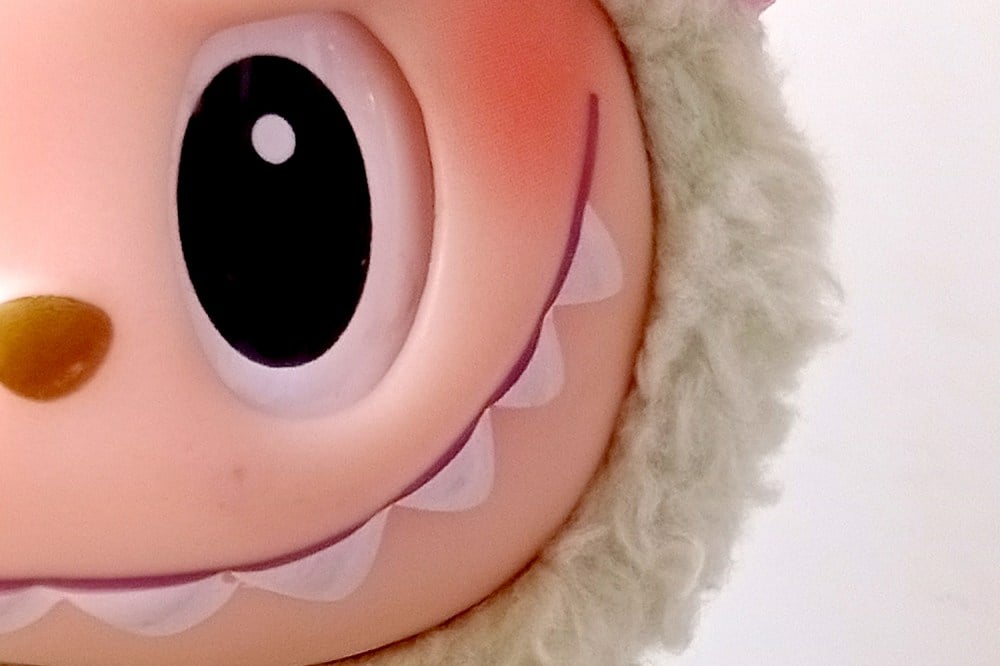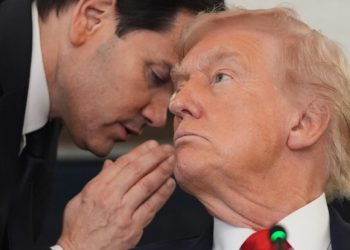It is just possible that posterity will mark Oct. 13 as peak Labubu. At a Shanghai exhibition celebrating the 10th anniversary of the plush toy, Apple CEO Tim Cook posed for the cameras with a custom doll bearing his signature black turtleneck and glasses. “I’m putting it right on my desk,” he told China Daily.
The leadership at Pop Mart, the Chinese company that produces the dolls, will have been gratified by resulting spike in its share price. But this success seems short-lived. On Chinese social media, Cook’s enthusiasm was received with wry amusement: His doll was dubbed “Timbubu” and “Lakuku.” And in the West, the endorsement of an aging tech titan is more likely to be a kiss of death than a spur for sales.
Still, even if Labubu goes the way of Pet Rock and Tamagotchi, it deserves more than a footnote in the history of toy fads. The bug-eyed creature with the somewhat unsettling grin has accomplished what China’s leaders have long coveted: genuine, unforced penetration into Western cultural consciousness. Labubu may be the first true manifestation of Chinese soft power in the modern era. Its popularity in Europe and the United States, achieved virally and organically rather than through state sponsorship, is exactly the kind of success Chinese officials and academics have spent decades trying—and failing—to manufacture.

For years, China’s think tanks and academic institutions have treated soft power like a mathematical problem to be solved. They’ve studied Joseph Nye’s theories, dissected Hollywood’s formulae, and analyzed K-pop’s global dominance. The results have been predictably underwhelming. Confucius Institutes, meant to spread Chinese language and culture, have instead become lightning rods for suspicion about political interference. State-backed films with eight- and nine-figure budgets have flopped in Western markets. The country’s most successful cultural export—TikTok—succeeds by disguising its origins, operating at arm’s length from Beijing and avoiding Chinese content in Western feeds.
The frustration in Chinese policy circles is palpable and well documented. Wang Huning, now a member of the Politburo and widely regarded as President Xi Jinping’s chief ideologue, was the first to introduce soft power thinking to China’s political establishment. In 1993, just three years after Nye’s seminal essay on soft power in the pages of this magazine, Wang published “Culture as National Strength: Soft Power” in the Fudan Journal. He argued that culture serves as the foundation for soft power and has the capacity to influence other countries and populations. The following year, he warned that in the post-Cold War era, “culture conflict” had surpassed military pressure as the greatest threat to sovereignty, noting that “Western countries are increasingly employing their cultural strength to constrain or influence world affairs.”
China’s leadership took these warnings to heart. At the 17th National Congress of the Chinese Communist Party in 2007, then-President Hu Jintao declared that “the great rejuvenation of the Chinese nation will definitely be accompanied by the thriving of Chinese culture.” Beijing, Hu said, must “enhance culture as part of the soft power of our country.” He pledged to “further publicize the fine traditions of Chinese culture [and] strengthen international cultural exchanges to … enhance the influence of Chinese culture worldwide.”
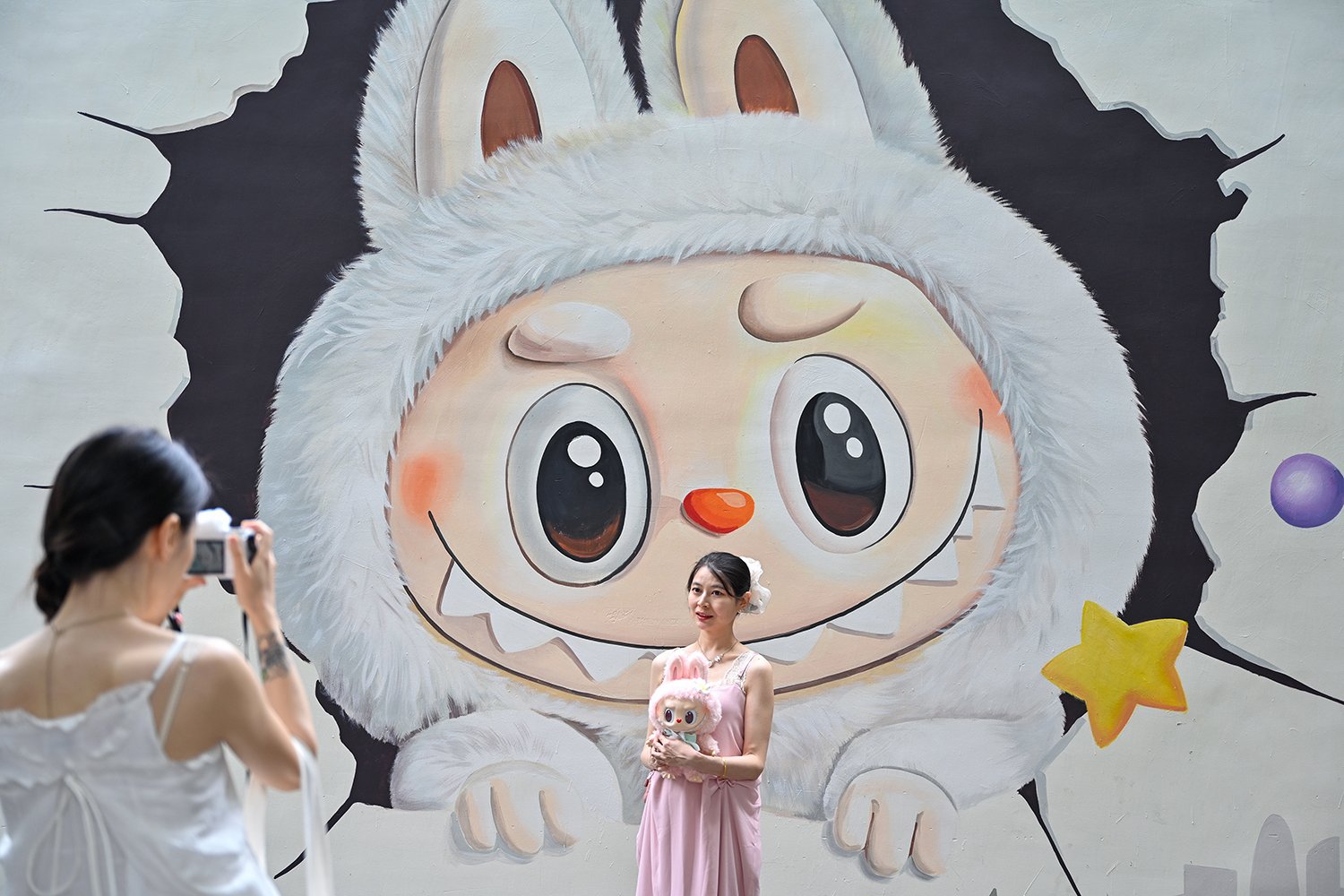
These high-level directives set off strenuous efforts by legions of Chinese diplomats and think-tankers. Inevitably, many looked to example of South Korea, which was flexing outsize soft power muscles through TV serials and K-Pop. The author of a 2024 paper, Analysis of Korean Pop Music: The Enlightenment for Chinese Pop Music, noted that, “At present, Chinese scholars are conscious of the need to learn from the successful methods of the Korean wave.”
How could it be, the Chinese academicians wondered, that South Korea, with a fraction of China’s resources and population, had made K-pop and Korean dramas into global phenomena? How could a country of 52 million people generate more cultural enthusiasm than a civilization of 1.4 billion?
The scholars and officials were missing the essential point: Authentic cultural appeal cannot be manufactured by committee or decreed from above. Generating soft power is not simply a matter of finding the right algorithm and allocating sufficient resources.
Enter Labubu, stage left, looking like something between a nightmare and a cuddle toy.
The character—created by Hong Kong artist Kasing Lung—has somehow become the must-have collectible of 2024 and 2025, with celebrity endorsements that read like a fever dream of global pop culture. Ironically, it took a K-Pop star to start the trend: In April 2024, Blackpink’s Lisa was spotted hugging a large version of the toy, and also with Labubu keychains dangling from her Louis Vuitton bag. This set off a celebrity stampede in the West: Rihanna, Dua Lipa, and Kim Kardashian flaunted their Labubus; David Beckham got one from his daughter, Harper; Madonna celebrated her 67th birthday with a giant Labubu cake; Lady Gaga received a custom doll and was declared “GaBuBu”; Lizzo who wrote a song about hers; fashion designer Marc Jacobs launched a Labubu AirPods case.
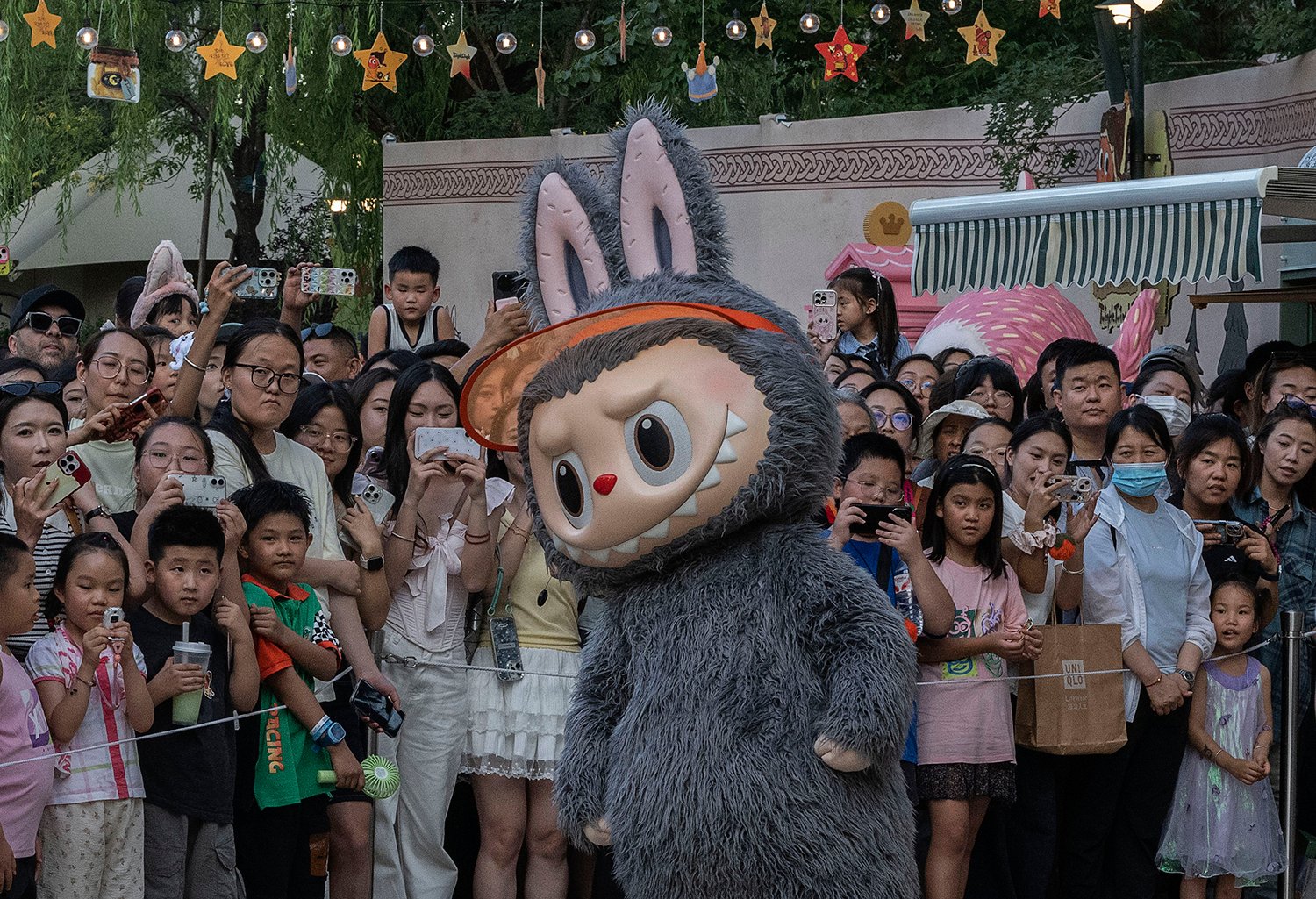
To the officials and scholars, this will all have seemed mystifying. After all, Labubu is about as far as you can get from the Beijing officialdom’s idea of a Chinese cultural icon for global consumption. The doll’s aesthetic is deliberately off-putting: those enormous vacant eyes, the protruding teeth, the vaguely unsettling proportions that make you uncertain whether you’re looking at something adorable or disturbing. A state-sponsored character would be carefully focus-grouped, politically vetted, and optimized for mass appeal—which is precisely why it would fail.
Labubu succeeds because it emerges from the messy, organic process of genuine creative culture. It carries no political message, promotes no national agenda, and requires no cultural literacy to appreciate—or, perhaps more accurately, to puzzle over. Its appeal is in its weirdness, its defiant refusal to be conventionally cute. In an oversaturated market of calculated charm, Labubu feels authentic precisely because it seems designed to repel as much as attract.
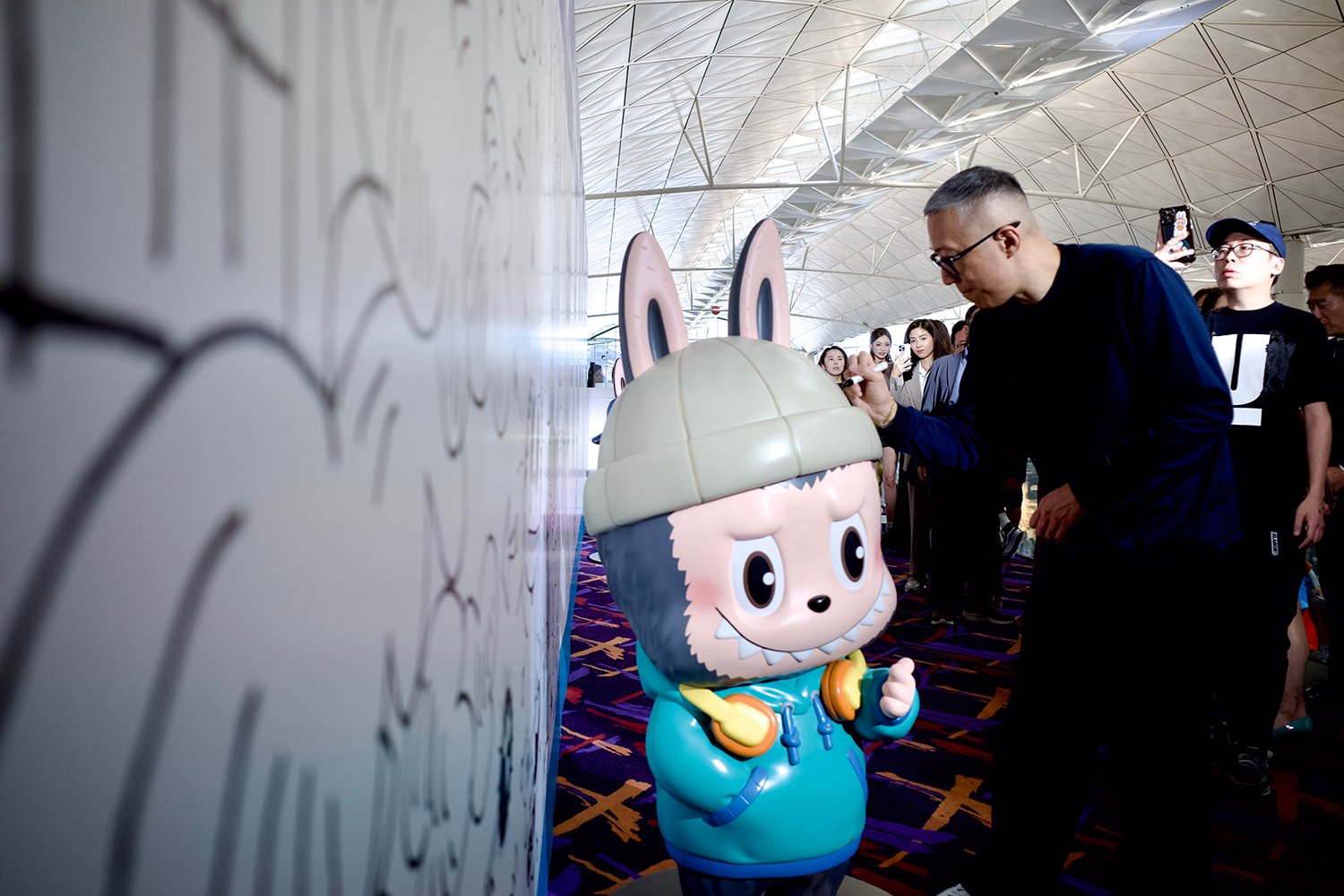
It is no coincidence that its creator is from Hong Kong. The city has historically punched far above its weight in cultural export, particularly through martial arts cinema. Bruce Lee, Jackie Chan, and John Woo films captured global imaginations not because they were backed by state resources, but because they emerged from a unique creative ecosystem where East met West, tradition collided with modernity, and artists operated with relative creative freedom. Hong Kong’s cultural products succeeded internationally because they weren’t trying to represent or promote China—they were simply trying to entertain, to innovate, to surprise.
This points to the fundamental paradox at the heart of Beijing’s soft power dilemma. The more deliberately China tries to generate cultural influence, the more obviously manufactured and politically motivated it appears. Western audiences, having grown sophisticated about propaganda after decades of Cold War conditioning, can smell instrumentalized culture from miles away. When every cultural product seems designed to make China look good, none of them actually succeed in doing so.
Japan’s experience offers another instructive contrast. Hello Kitty, launched in 1974 by Sanrio, has generated billions in revenue and become an unofficial ambassador for Japanese culture worldwide. Like Labubu, Hello Kitty succeeded not through government mandate but through what scholars call “kawaii diplomacy”—the appeal of cuteness that emerged organically from Japanese youth culture before being opportunistically embraced by the state. In 2008, Japan’s tourism ministry named Hello Kitty its “ambassador” to China and Hong Kong.
For now, Labubu is a cultural product that simply exists, unencumbered by national mission or political purpose. Such products succeed or fail on their own merits, spread organically through social networks, and accumulate meaning through use rather than having meaning imposed from above. This is how Hello Kitty conquered the world, before it was coopted as a soft power tool.
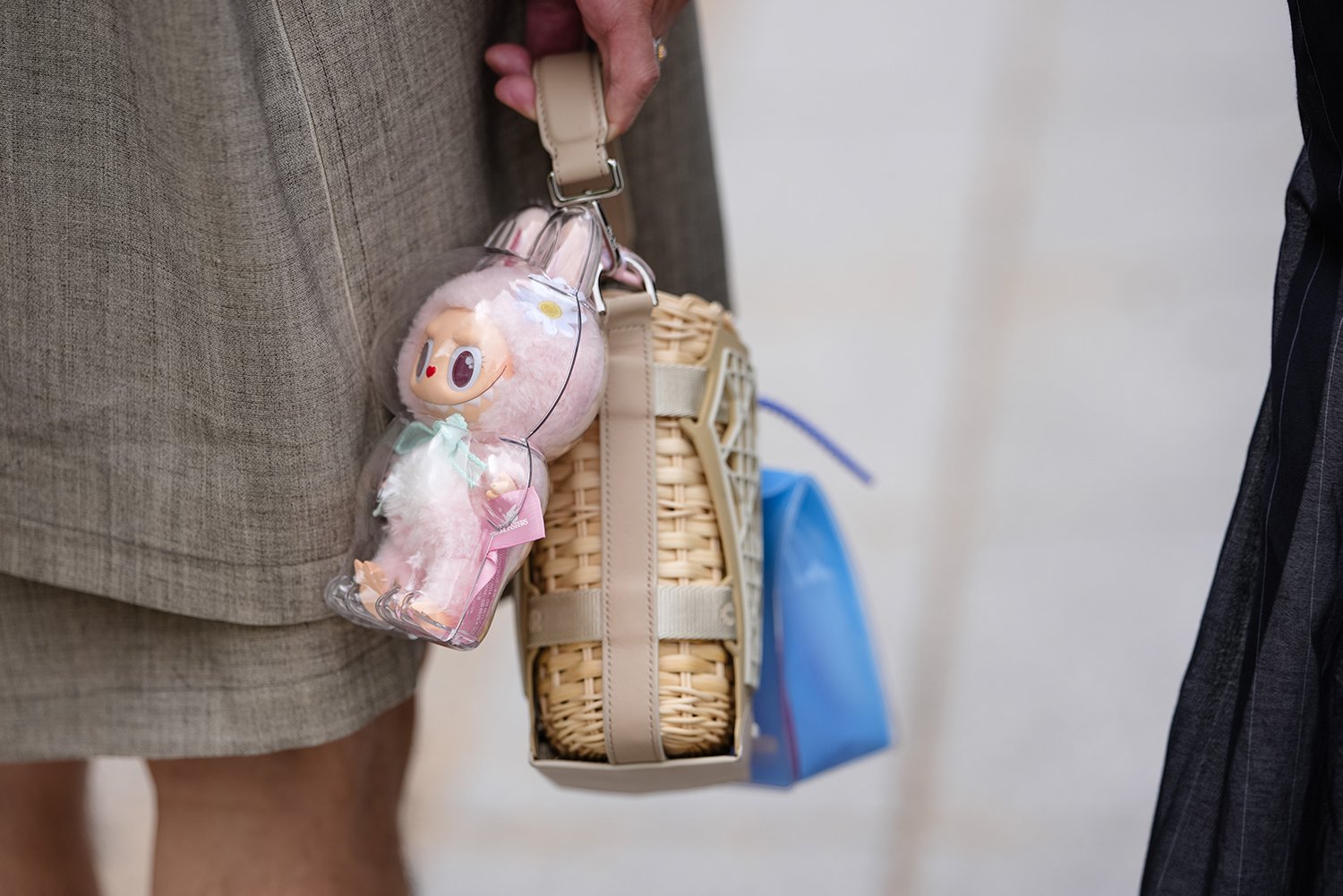
What next for China’s bug-eyed monster? The graveyard of viral trends is vast, and they are rarely mourned. Most cultural fads burn bright and brief, leaving little residue beyond some embarrassing photos and the question of what we were thinking. For every Hello Kitty—still going strong after 50 years—there are countless forgotten characters that once seemed destined for permanence. Labubu could easily join their ranks, a curiosity of this era that future historians puzzle over while researching the decade’s peculiar aesthetics. But perhaps Labubu will shrug off the recent slackening in sales—and the Tim Cook endorsement—and become an enduring cultural mascot like that Japanese cat.
In the meantime, the lesson is clear—whether Beijing can embrace it or not. Soft power cannot be commanded into existence. It emerges from creative freedom, cultural confidence, and the willingness to let artists and entrepreneurs take risks without political supervision. It requires accepting that some things can simply be weird and interesting without deeper purpose.
China possesses extraordinary creative talent, rich cultural heritage, and increasingly sophisticated cultural industries. What it lacks is the freedom for these elements to combine in unexpected ways. Until Beijing can accept that genuine soft power requires loosening control rather than tightening it, even the most meticulously planned initiatives will continue to fall flat.
The post Plush Power appeared first on Foreign Policy.
